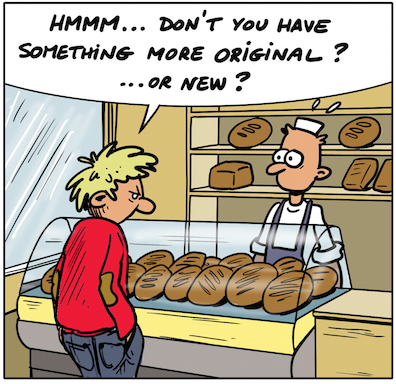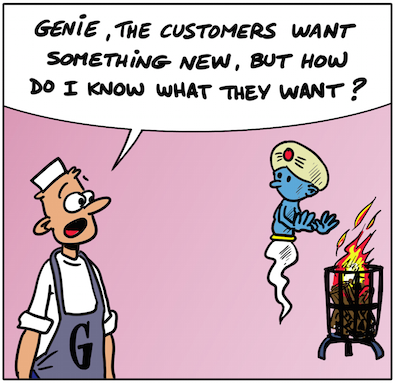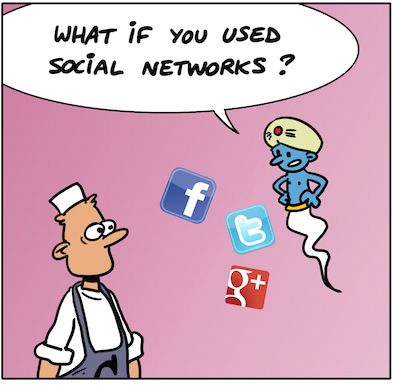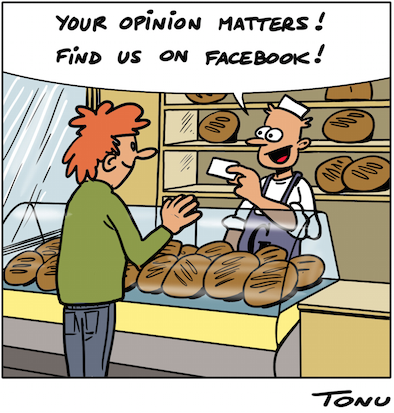-
Use social networks to know customer expectations
The mass of information scattered across social networks or in search engine queries can help Enterprises to better understand their customers' behavior or expectations: they use "big data" techniques which enable them to analyze this vast quantity of information.
"Big data" does not only cover the notion of huge volumes of data. It is defined by Volume, Variety and Speed.
- Variety: the data can be structured in databases, as we have always done, but it can also be unordered such as the data we collect from social networks,
- Speed: "flash" technology lets us process immense volumes of data in random access memory (RAM) that were previously accessible only on the disk.
-
The other functions of social networks
Social networks are a two-way source of exchange. They are not just content with "branding".
In 2013, 38% of enterprises already use them to answer a request for information or help from the Customer, or to deal with a complaint.Some banks use data collected on social networks to analyze the credit risk. As an example, they can use rules as:
- The more friends we have, the lower the risk
- If we have a friend who is a bad debtor, we risk not being eligible for credit
Some recruitment firms also use social networks to get a better feel for the traits of the candidates.
-
Social networks to free up traditional email
An increasing number of Enterprises have made internal social networks available to their employees or close partners. They are often used to replace email which has become a communication carryall. As we do with trash, we need to sort out and segment the usages:
- Instant messages are more the domain of Chats if we are at work or SMS text messages if we are on our mobile
- Sharing files within the same team uses more systems such as Dropbox or Skydrive
- Emails by group goes through social networks
- Personal conversations are often done over the phone (Skype or others)
- Of course, we also need to use email but it should be
limited to what the other modes do not take into account.
Email is still dominant, but exchanges via social networks are growing rapidly.
Some Enterprises are even considering getting rid of email and replacing it by internal social networks.

The story of George the Baker is made available under the terms of the
Creative Commons Attribution - NoDerivatives 4.0 International license.



